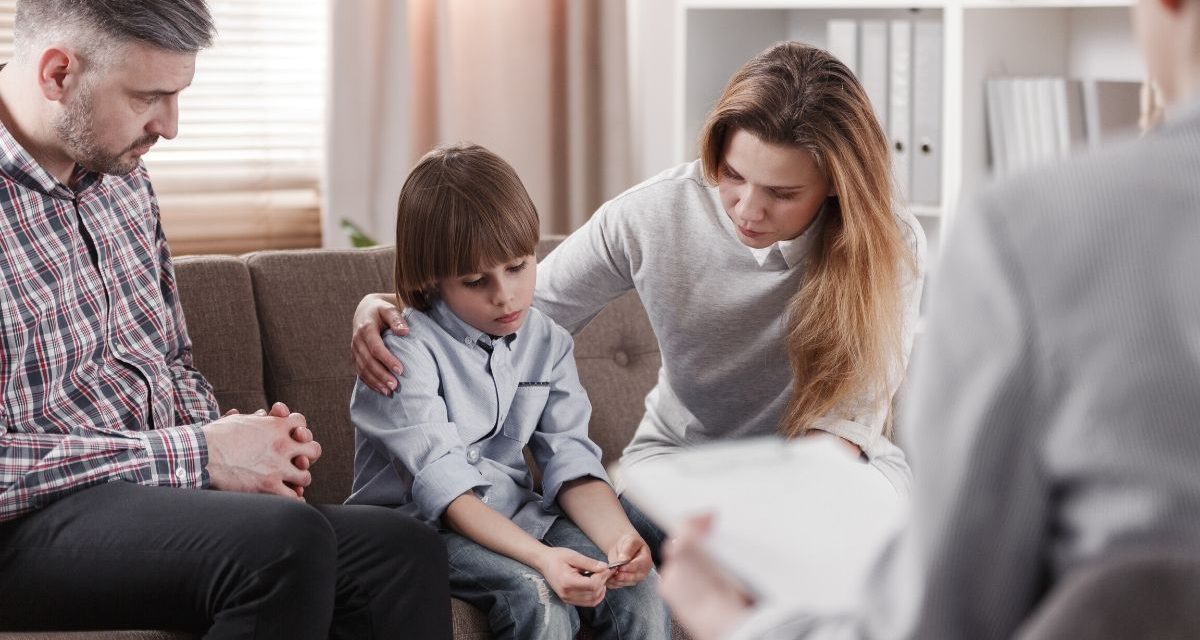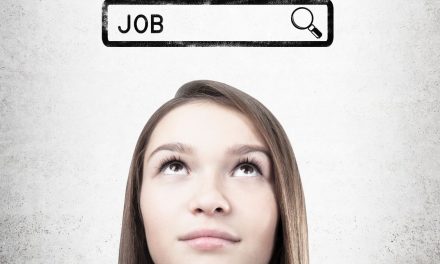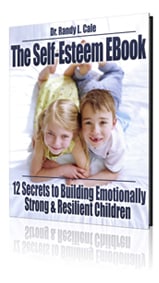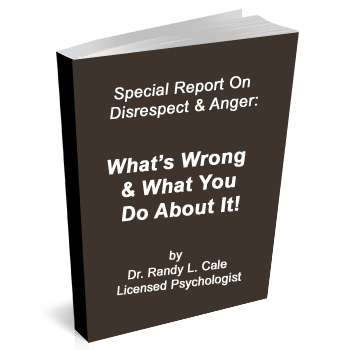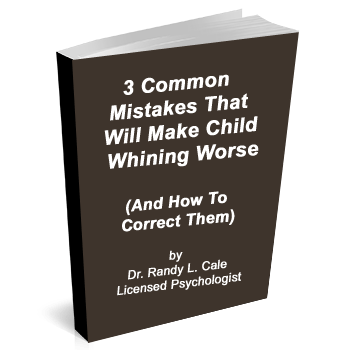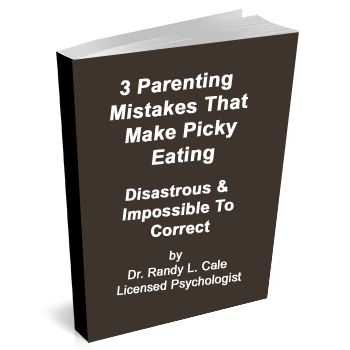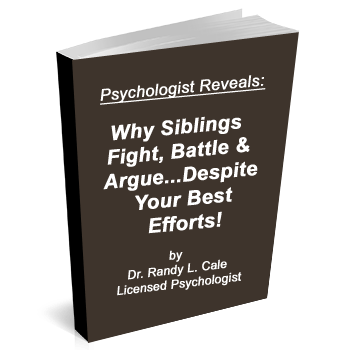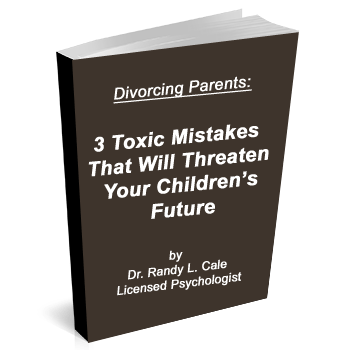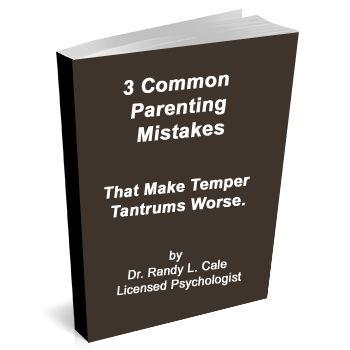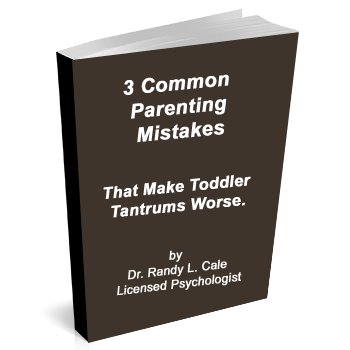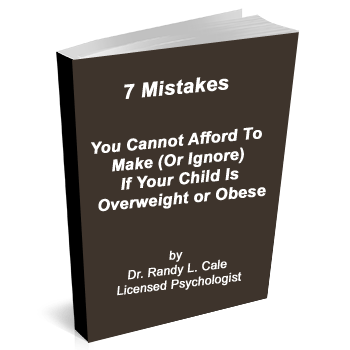Children and teens can present with a wide array of psychological symptoms and problems. Practitioners can view this in one of two ways. One approach is to focus on the child as causal to the problem. Something is inherently ‘wrong’ with the child, and this results in diagnoses such as Major Depressive Disorder, Generalized Anxiety Disorder, Explosive Disorder, Attention Deficit Disorder, and so on.
The opposite approach views most symptoms as a result of a series of events within the family system, and changes to that system will significantly transform the symptoms seen from the child. In this model, the child is not burdened with a label that suggests an internal problem over which they have little or no control. Instead, the focus is shifted to recognizing the factors that shape a child’s motivation, emotion, and behavior. This can include the parenting system, classroom management, diet, sleep, exercise, screen time, and peer influences. When examined carefully, and methodically, adjustments to these systems can produce a profound change within a child or adolescent.
It is important to note that in each approach, there is remarkable variance in what gets attention. This difference can be profoundly important to the child or adolescent, as it will define their future in many ways. Let’s examine this.
I Got a ‘Thing’
In the fix the child approach, the child is usually informed of a diagnosis. When they are offered this, it’s now as if they have a ‘thing.’ Right?
The child or adolescent now begins to think thoughts like, ‘I have depression.’ Or ‘I have an anxiety disorder.’ This is a life-changing story if the story of the ‘thing’ is accepted as accurate. The ‘thing’ is inside them, and now some force has control over them. Most often, the diagnosis is presented as if there is actually something that they have that is static, real and it is the cause of their struggles.
Yet, unlike any other diagnosis (such as arthritis, cancer, ulcer, etc.), there will not be any exam or MRI or biopsy that could produce the ‘depression’ or the ‘anxiety.’ In essence, the ‘thing’ does not exist.
This is not to suggest that a child’s brain is functioning optimally at that point. It is also not to suggest that their behavior or emotions are all okay. They may be having depressive thoughts or anxious thoughts, and this is problematic. Change is needed. Yet, as we examine the long-term trajectory of the child, this seemingly small point becomes enormous. Thoughts are changeable. A ‘thing’ requires someone else or something else to intervene to fix it. From the child’s inner perspective, the control over my life happiness shifts from something I can influence to something I have no control over.
Fix the Child with Medication
In this model, there are two paths available. Typically, the child or adolescent is given the diagnosis and told that they need medication to help them get better. This is the case with many diagnoses, as children are offered medications despite multiple studies supporting the highly questionable efficacy of the drugs. For example, with a child or adolescent depression, it is common for pediatricians and psychiatrists to prescribe antidepressants. This practice continues despite multiple reviews of the literature that suggest the risk is attached to the use of these medications, with little to no benefit over placebos. ( In 2016, the Lancet published a comprehensive meta-study on this issue, and concluded, “When considering the risk-benefit profile of antidepressants in the acute treatment of the major depressive disorder, these drugs do not seem to offer a clear advantage for children and adolescents.”)
I emphasize such studies because the data overwhelmingly argues that the ‘fix the child’ with medication approach (for many psychological diagnoses) is often flawed.
Fix the Child with Therapy
There is another path here, that is much more empowering to the child and clinically more effective. If children can be taught that their thoughts and patterns of behavior are behind their misery and struggles, they begin to see their struggles as flexible, malleable, and changeable. The ‘thing’ is not a thing anymore. Instead, it is a flowing, evolving set of thoughts and choices over which the child has control. This is empowering and builds confidence.
Children or teens can best learn this healthy way of thinking with some form of cognitive-behavioral therapy. The treatment literature continues to support this therapeutic model most strongly, as the optimal treatment for most diagnoses. Unfortunately, too often children who do get therapy end up with therapists who have little to no training with the proven methodologies, and treatment flops. Even more problematic is the child’s view of therapy, as ineffective and worthless, if success is not found.
There is one critically important element to consider when putting a child or adolescent in therapy and this concerns their motivation to work. Many teens, in particular, do not engage well in treatment and become relatively mute rocks sitting in a chair. This doesn’t bode well for treatment.
Others simply use therapy to complain about how they have lousy parents and seek agreement in the unfairness of life. This also doesn’t work well.
For therapy to be effective, the therapist must be capable and well-trained, but the child or teen must be willing to engage, and many times they are not. This is problematic, of course.
In next week’s article, we will look at fixing the system and how this model can be combined with therapy and sometimes medications, to create a more practical, effective treatment. There is a relief here, and change can happen if you have a bit of patience and focus on the variables that produce change. Look for more next week.

